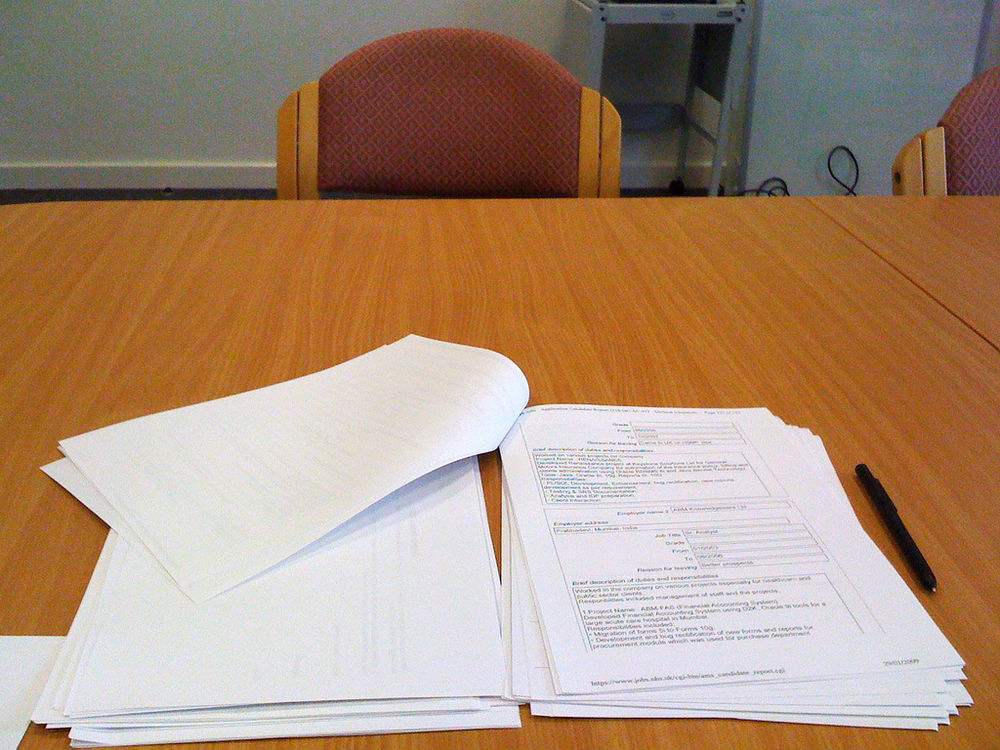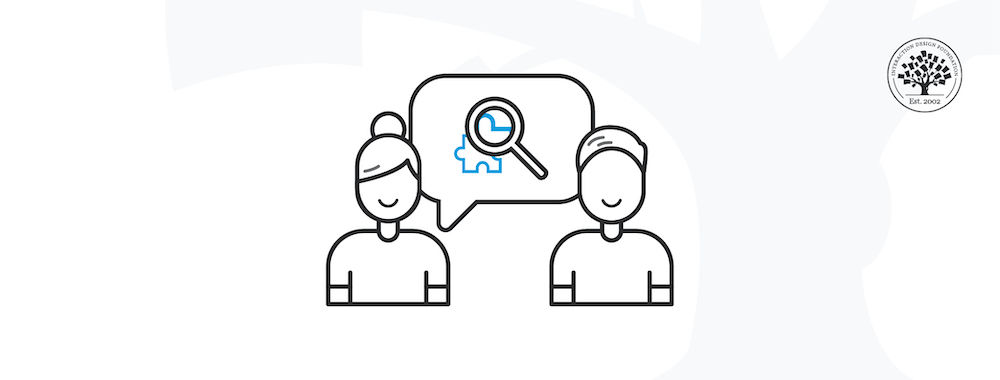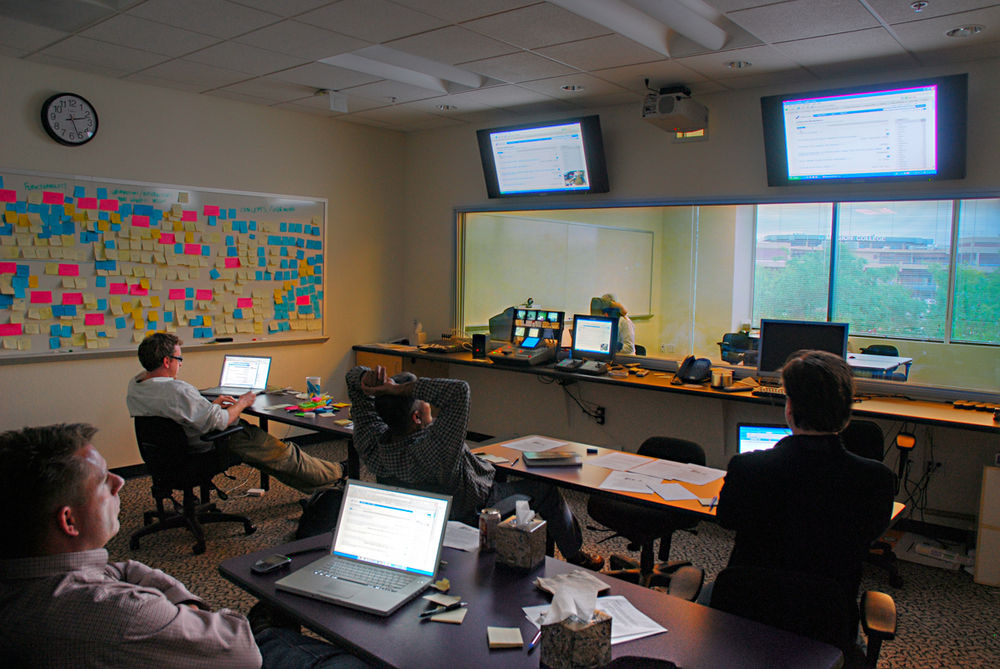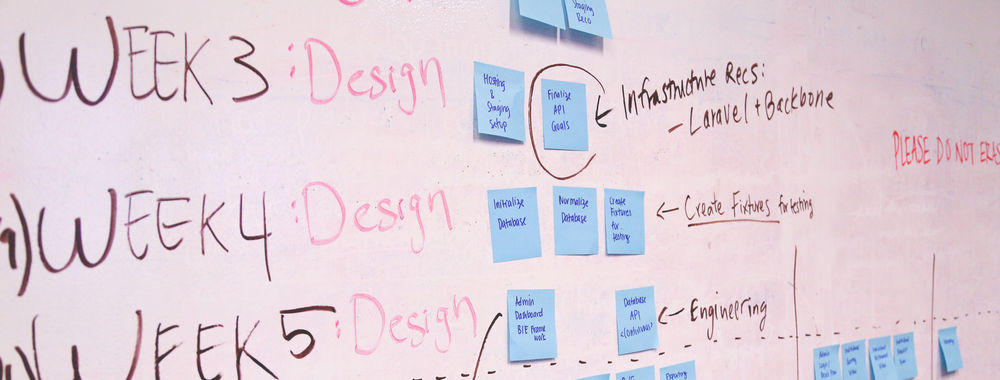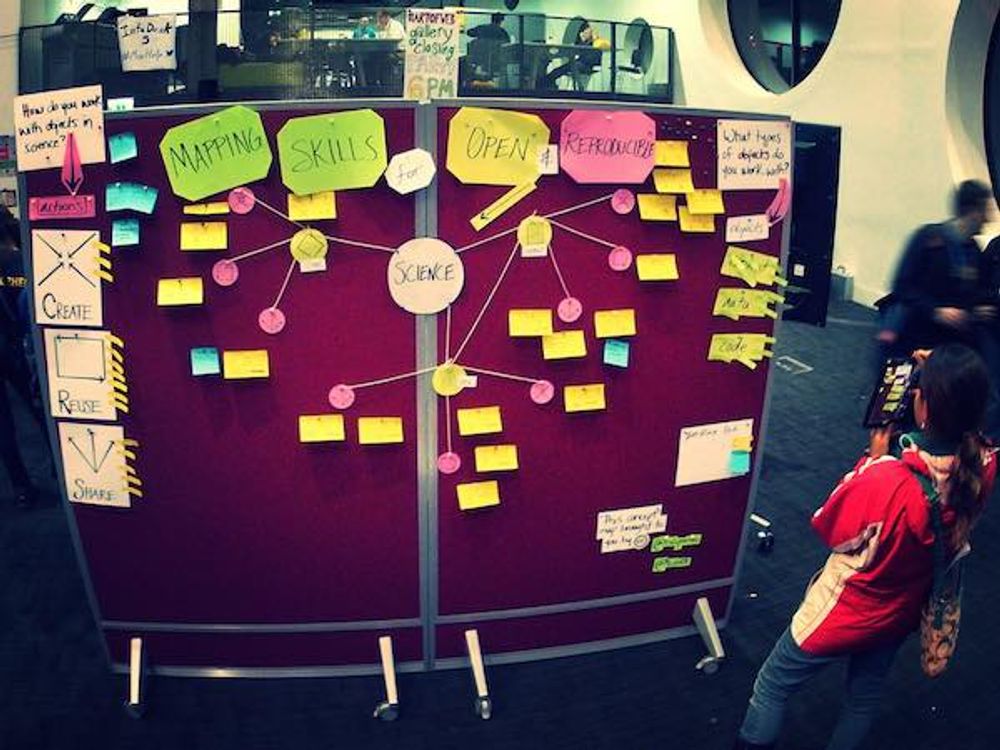The mobile web means many opportunities for start-ups, from bootstrapped home-based ventures to those with venture capital funding. But where do you start to get the ideas to build that first app? According to Steve Blank, you get out of the building. Only when you meet and understand potential customers’ needs can you develop a product they would want to buy.
Entrepreneur and a key contributor to the Lean Startup movement, Steve Blank coined the term “get out of the building” (GOOB), which means to get to know your customers in their environment, similar to ethnographic research. This phrase is relevant now more than ever, given the high number of apps and sites released daily, and if you want to rise above the pack, you need to develop a product that will spark user adoption and improve business results.
In this video, Frank elaborates on “GOOB.”
What is “Get Out Of the Building” About? User Research

With user research, you can understand your target audience's needs, behaviors, and preferences to inform and improve your business decisions.
© Jacek Dylag, CC BY-NC 2.0
To succeed in a mobile space, it is crucial to understand your target audience. Identifying and connecting with potential users may seem daunting, but numerous avenues are available in our always-connected world. Platforms like LinkedIn and personal networks provide many opportunities to find users who can drive the need for our products.
As Steve Blank suggests, it's essential to focus on talking to individuals who are best equipped to understand wide-scale issues and will better recognize what solutions they need. If you engage with these users early on, you can gain practical insights into their needs and understand their mental models so that you can tailor your product development according to their needs.
A Simple Approach to User Research
To get out of the building doesn't mean to go out to talk to people with just a vague intention to chat. It would be best if you had a methodology in mind. Here's a simple guide that can help, as suggested by Google Ventures:
Plan Your Questions
Decide what you want to know, and create a list of questions to help focus on the most critical aspects of your assumptions. You are welcome to let the interviewee take you off-track; you can find that many important problems are discovered through the information that the potential customer volunteers.
Plan Who To Talk To
Who would be the person to answer your questions? Are they representative of the audience you have in mind?
Plan the Interview
You've got the questions and the people; the next element is to structure your interviews. Where will they be held? Which order will you ask questions in? How will you record and analyze the data you generate? Keep this in mind to ensure that your research reveals the best results.
Share Prototypes
You may not be all the way there, but if you have a bit of a prototype, hand it to the interviewee and get their opinion. The more reality you can put into a product, the clearer that feedback should be.

Starting with paper allows you to try cheap and easy iterations of your idea and saves time and money.
Don't Pitch; Listen
You're not selling the product. You're trying to find out what people want so you can build a product. Don't pitch it; get feedback and listen. Don't use leading questions to get the answers you want; leave things open and get honest opinions. You may only sometimes like what people tell you, but it will leave your design process much better informed.
Summarize Your Findings
Finally, work through all the interview data—what have you learned? What trends emerge from this? What can you use in your product?
The Take Away
User research is crucial to understand your customers' needs. When you meet with potential users, you can get to understand their daily routines, pain points and frustrations.
Serial entrepreneur Steve Blank advocates for the "Get Out Of the Building" approach. In other words, leave the office to conduct user research and gather feedback in real-world environments. Follow sound research practices and plan your research before you head out. Define the objectives, identify whom to talk to and what to ask, and most importantly, listen! This approach can help teams identify new opportunities for innovation that they may have yet to discover through traditional research methods.
References and Where to Learn More
Listen to Steve Blank talk about “Get Out Of the Building” as a strategy.
Google Ventures offer their tips on how to make “getting out of the building” even more effective.
Hero Image: © Interaction Design Foundation, CC BY-SA 4.0




